|
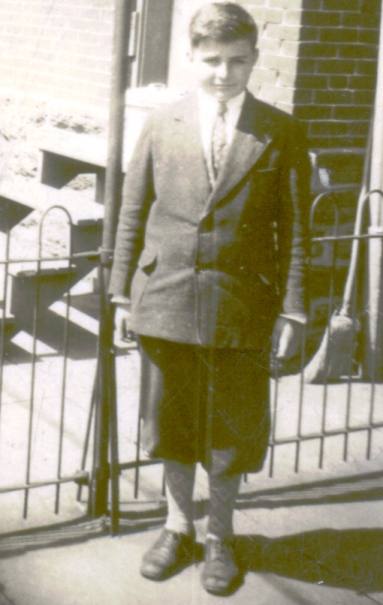 | James Stanton, or "Pop" as his grandkids called him later, was a typical Irish Catholic kid who grew up in Philadelphia in the 1920's and 1930's. It was in the middle of his senior year of high school at Northeast Catholic when the Japanese attacked Pearl Harbor and launched the United States into World War II.
After graduating in June, Jim did his part for the war effort by working as a sheet metal worker at Cramp Shipbuilding in Philadelphia. He was following in his father’s footsteps, working in the shipping industry along the Delaware River, when he decided it was time to strike out on his own and join the Navy. |
|
| I don't know what Pop's number was in the draft, but it must have been a higher-than-normal number because he wasn't drafted after graduating high school. After working at the shipyard for several months, Jim decided to enlist. During an interview with his grandson Jack a few years before his death, Pop joked that he wanted to serve in the Navy "because you got a shower most nights!" He started the recruiting process in the first week of October 1942, was cleared and accepted for enlistment on the ninth and officially enlisted on October 22nd. After spending Christmas with family, he was off to training. | 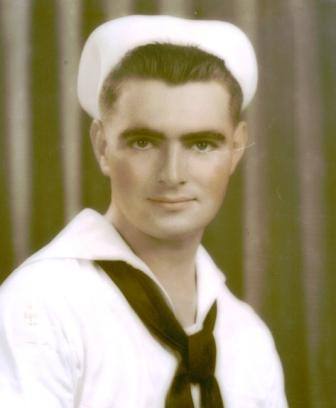 |
|
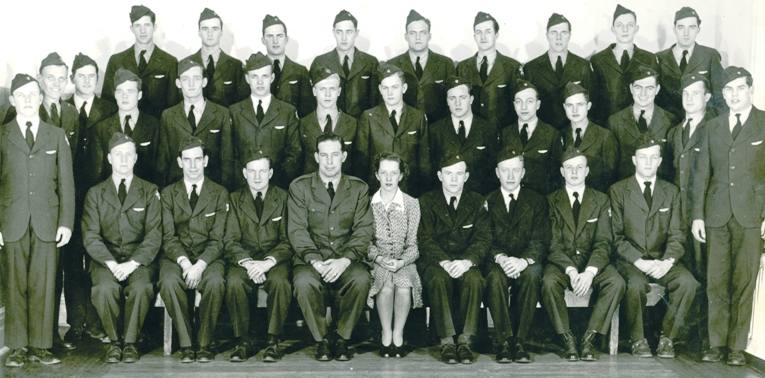 | Pop’s time in the Navy started with plans not to sail the ocean blue, but to actually fly above it. Pop reported to Westminster College near Pittsburgh for preliminary pilot training on January 15th, 1943. |
|
| Jim was certified as a student pilot shortly after arriving and spent his time at Westminster like a college student; taking math and ground school classes while living in a dormitory on campus. Pop learned the basics at the stick of Piper Cubs and after he had mastered the basics and completed the program at WTS Westminster, he was ready for pre-flight training in Athens, Georgia. | 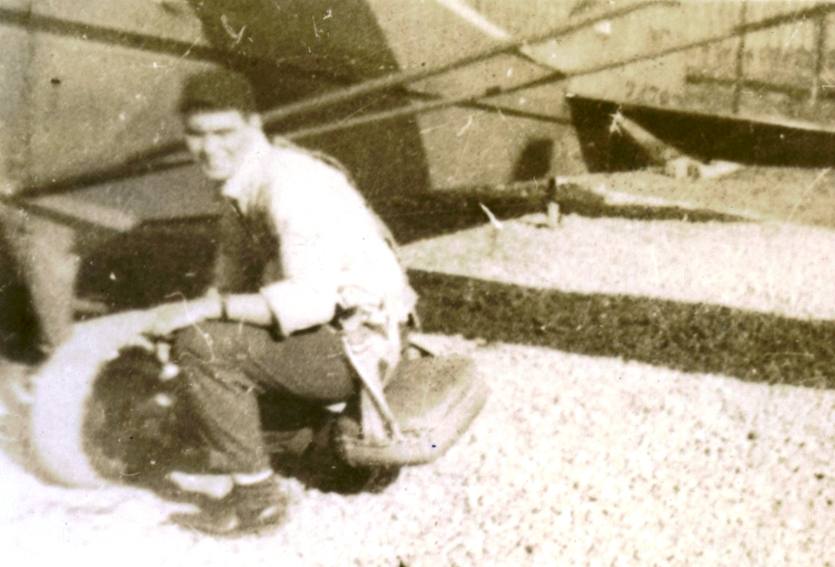 |
|
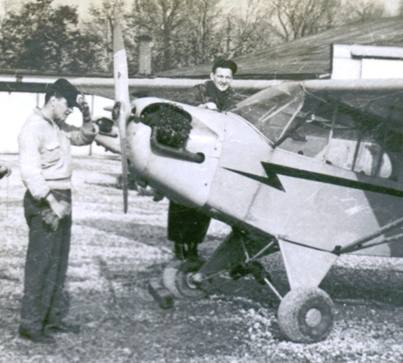 | It was April 7th, 1943, when Pop reported for duty at the Navy’s training school at the University of Georgia campus. Here Jim continued his training in aviation; he had graduated from the tiny Piper Cubs and was now winging his way towards war behind the controls of the larger SNJ’s. However, Pop was not meant to go to war in the air; his flight training was eventually cancelled. |
|
| There are two stories associated with this that I've heard; the first involved special duties that Pop was supposed to do in addition to his flight training, like kitchen duty, guard patrol, etc. The version I heard was that Pop was scheduled for two different duties at the same time and instead of clarifying with the officer in charge which duty he was supposed to report for he picked the better of the two and skipped the lesser. This did not go over well and Pop was placed on report. It was a more serious incident though that apparently got Pop removed from flight training permenently. | |
|
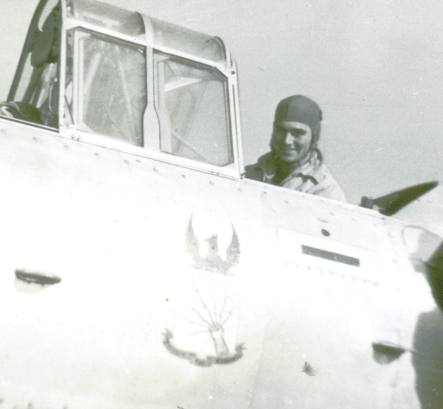 | While Pop was learning to fly the SNJ, he apparently developed a bad habit. Pilots are instructed to keep their right hand on the stick and left hand on the throttle at all times. Pop had the tendency, after taking off and adjusting the throttle, to rest his left arm on the side of cockpit, taking his hand off the throttle. After being told to stop a few times, his flight instructor decided to teach Pop a lesson he’d never forget. |
|
The SNJ is a two-seat trainer and the instructor has a second set of controls in his cockpit, allowing him full control of the aircraft. Shortly after takeoff on day, Pop took his hand off the throttle. The instructor, seeing Pop’s hand off the gas, reached over and cut the throttle, leaving the engine sputtering. I can only imagine what went Pop’s head as he pondered what probably looked like an engine failure at a very critical time in flight. Between the two aviators, neither restored enough power and the aircraft crashed. | 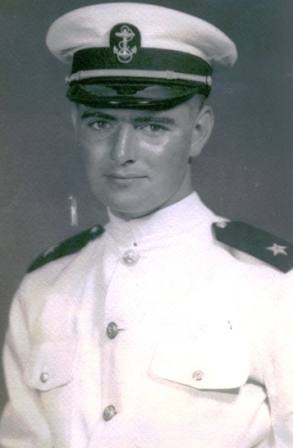 |
|
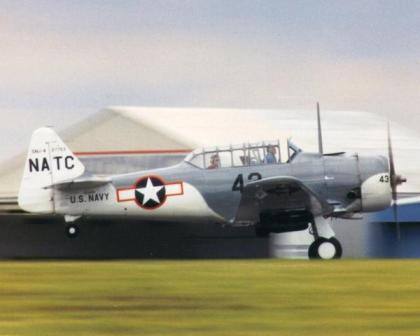 | Luckily both were able to walk away from the crash. Jim and the instructor were allegedly dropped from the flight training program entirely. Pop needed to find a new job in the Navy; he was shipped off to the receiving station in Bainbridge, MD to find out his new fate. |
|
| Pop arrived at the training center (USNTC) in Bainbridge on May 20th. He was basically a raw recruit and underwent "boot camp" for five weeks. After passing "boot" Jim was given a week's leave before he reported back to Bainbridge for service school to learn how to be a Navy Quartermaster. | |
|
| Russ Pullano was a Quartermaster (QM) with Ron 9 during the war. I asked him what he remembered about his QM training, which he shared with me over email:
"We learned to communicate visually by using semaphore (signaling with hand held flags). We also learned the Morse code and signaled with blinker lights.
"We learned the alphabet that was assigned to each of the navy flags. We learned the markings on the lead line, and the nomenclature that was used to voice the depth, by the different markings that were used to measure the depth of the shallow waters. We became familiar with sunrise/sunset....low tide/hide tide. We had to learn to "box" the compass; that is to be able to clockwise state the directions.
"A QM's duties on a ship were to assist the navigator, (manning) the steering wheel and such. It was a prestigious job. He was at the bridge of the ship among the officers. It was the best rate to have that could kick off the opportunity for an enlisted man to advance to an officer."
|
|
| Jim completed his Quartermaster training at USNTC Bainbridge on December 18th, 1943 and was rated as a QM third class (3/c). Four days later he was at the receiving station in Boston where he waited to begin his Motor Torpedo Boat (MTB) training at the Squadron Training Center (MTBSTC) in Melville, RI. | 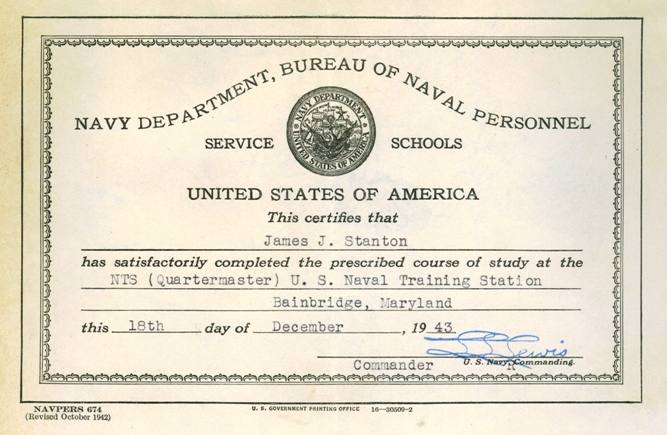 |
|
|
